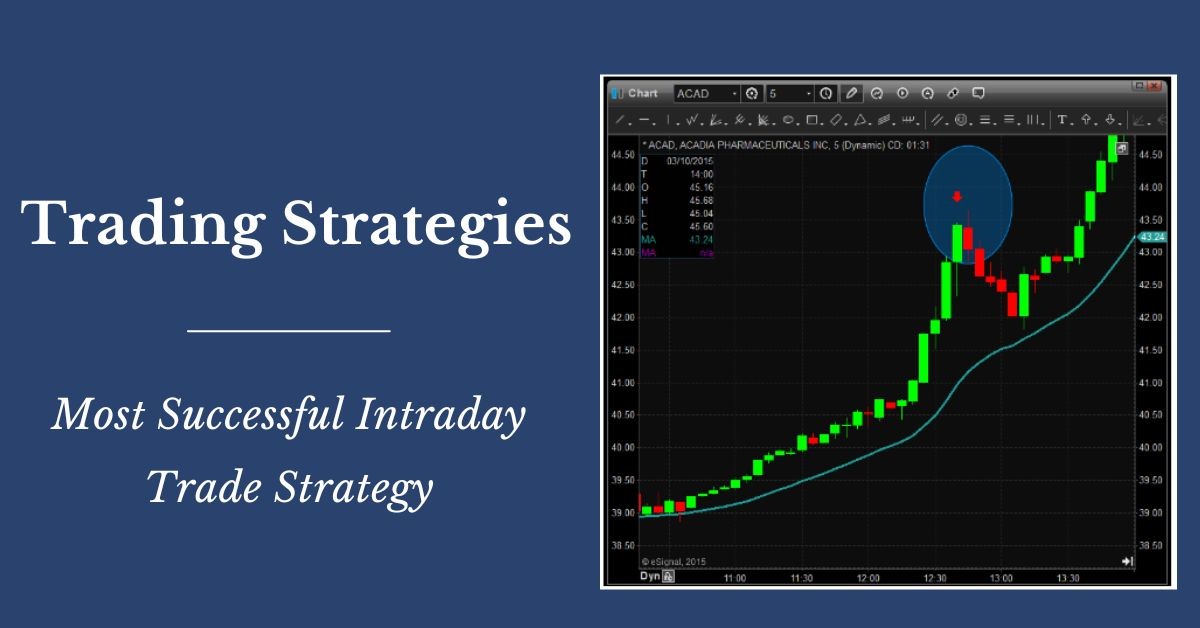Exploring Effective Best Trading Strategies for Swing and Scalp Trading in Cryptocurrency

Introdution
Cryptocurrency trading has been on the rise with remarkable momentum in recent years, captivating the attention of experienced traders as well as those new to the trading scene. Among the plethora of strategies adopted by traders, two have emerged as particularly popular: swing trading and scalp trading. In this article, we will explore these best trading strategy in detail and examine their efficacy within the dynamic and volatile cryptocurrency market.
Swing trading, a strategy embraced by many cryptocurrency enthusiasts, involves taking advantage of short to medium-term price fluctuations in the market. Traders employing this method aim to identify and capitalize on price swings or “swings” that occur within an established trend. By analyzing market trends, chart patterns, and technical indicators, swing traders strive to identify optimal entry and exit points to maximize their profits. This strategy allows traders to capture substantial gains while minimizing exposure to the inherent risks associated with long-term investments.
On the other hand, scalp trading is a more rapid-fire approach to cryptocurrency trading. This strategy involves making multiple trades throughout the day, aiming to profit from small price differentials within short timeframes. Scalp traders focus on exploiting momentary imbalances in supply and demand, aiming to make quick profits from price fluctuations. This strategy requires traders to monitor the market closely, utilizing advanced charting tools and indicators to identify favorable trading opportunities. Although scalp trading requires precision and quick decision-making, it can yield significant profits when executed successfully.
Both swing trading and scalp trading have their distinct advantages and disadvantages. Swing trading allows traders to take advantage of larger price movements and trends, potentially resulting in substantial returns. This strategy suits individuals who have a more patient approach to trading and are willing to wait for favorable market conditions. On the other hand, scalp trading appeals to those who thrive in fast-paced environments and possess a keen eye for short-term market patterns. Scalp traders can accumulate profits through multiple trades, although each individual trade may provide a smaller return.
However, it is important to note that both strategies come with their own set of risks. Cryptocurrency markets are notorious for their volatility, and sudden price fluctuations can lead to unexpected losses. Swing traders may experience periods of market indecision or reversals, resulting in potential missed opportunities or even losses. Similarly, scalp traders face the risk of executing trades based on false signals or market noise, leading to potential losses if not managed carefully.
Ultimately, the effectiveness of swing trading and scalp trading in the cryptocurrency market depends on various factors. These include the trader’s risk tolerance, market analysis skills, understanding of technical indicators, and ability to manage emotions while trading. Moreover, it is important for traders to adapt their strategies to suit the ever-changing market conditions and to continuously educate themselves on the latest developments in the cryptocurrency space.
In conclusion, swing trading and scalp trading have emerged as two prominent strategies in the cryptocurrency trading realm. While swing trading allows for capitalizing on medium-term trends, scalp trading offers the potential for quick profits through multiple short-term trades. However, it is crucial for traders to remain cautious, manage risks effectively, and continuously refine their strategies to navigate the highly volatile and unpredictable cryptocurrency market successfully.
Key Considerations for Swing Trading:
2. Timeframe: Swing trading typically involves holding positions for a few days to a few weeks, depending on the trader’s strategy and market conditions.
3. Risk Management: Implementing proper risk management techniques, such as setting stop-loss orders and managing position sizes, is crucial for swing traders to protect their capital.
Exploring Scalp Trading:
Scalp trading is a highly active and fast-paced short-term trading strategy that revolves around capitalizing on minuscule price fluctuations occurring within a single trading session. Unlike other trading approaches that may focus on long-term investments, scalp traders engage in numerous trades throughout the day, with the objective of accumulating a multitude of small profits that can eventually accumulate into substantial gains over time.
The main principle behind scalp trading is to identify and exploit brief market inefficiencies that result in fleeting price movements. These movements may be caused by various factors, such as market news, economic data releases, or even technical indicators. Scalp traders closely monitor these factors and execute trades swiftly, often within minutes or even seconds, to take advantage of these temporary imbalances before they dissipate.
This strategy requires traders to possess a high level of skill, discipline, and a thorough understanding of market dynamics. Scalp traders must possess the ability to swiftly analyze market conditions, identify short-term trends, and make split-second decisions regarding entry and exit points for each trade. They rely on advanced charting techniques, technical indicators, and real-time market data to make informed trading decisions.
To successfully implement scalp trading, traders often employ advanced trading tools and technologies, including high-speed internet connections, direct market access (DMA) platforms, and algorithmic trading systems. These tools enable traders to execute trades rapidly and achieve optimal entry and exit points, minimizing the impact of slippage or delays in trade execution.
Scalp trading can be highly profitable for experienced and skilled traders, as the cumulative effect of numerous small gains can result in significant profits over time. However, it also carries inherent risks due to the fast-paced nature of the strategy. Traders must manage their risk diligently, set strict stop-loss orders, and adhere to strict money management principles to protect their capital from substantial losses.
In conclusion, scalp trading is a short-term trading strategy that focuses on exploiting small price movements within a single trading session. By executing multiple trades throughout the day and accumulating small gains, scalp traders aim to generate consistent profits over time. This approach requires advanced skills, discipline, and the use of cutting-edge trading tools to capitalize on fleeting market inefficiencies. While it can be highly rewarding, scalp trading also carries substantial risks that must be managed effectively to ensure long-term success.
Key Considerations for Scalp Trading:
2. Timeframe: Scalp trading involves holding positions for a few seconds to a few minutes, taking advantage of rapid price fluctuations.
3. Liquidity and Volatility: Scalp traders often focus on highly liquid cryptocurrencies with significant price volatility, as this provides more trading opportunities.
Choosing the Best Trading Strategy:
1. Time Commitment: Swing trading requires more time and patience, while scalp trading demands constant monitoring and quick decision-making.
2. Risk Appetite: Swing trading generally carries lower risk compared to scalp trading, as it aims to capture larger price movements within a trend.
3. Market Conditions: Different strategies may perform better in specific market conditions. It is crucial to adapt and adjust your approach based on the prevailing market trends.
5. Profit Targets: Swing traders typically have larger profit targets, aiming to capture significant price movements over a few days or weeks. On the other hand, scalp traders focus on smaller, quick profits by taking advantage of short-term price fluctuations.
6. Stop Loss and Risk Management: Implementing stop-loss orders and managing risk is crucial for both swing and scalp trading. Traders must determine their risk tolerance and set appropriate stop-loss levels to protect their capital.
7. Liquidity: Cryptocurrency markets can vary in terms of liquidity, and this can affect the effectiveness of different trading strategies. Traders need to consider the trading volume and depth of the market they are trading in to ensure they can execute their trades efficiently.
8. Emotional Control: Successful trading requires emotional control and discipline. Traders need to remain calm and objective, following their chosen strategy even during periods of market volatility or unexpected price movements.
9. Backtesting and Analysis: Before implementing a trading strategy, it is advisable to backtest it using historical data. This allows traders to evaluate its performance and make any necessary adjustments. Regular analysis of trading results can also help identify areas for improvement.
10. Continuous Learning: The cryptocurrency market is constantly evolving, and traders need to stay updated with the latest news, trends, and regulations. Continuous learning and staying informed can help traders refine their strategies and adapt to changing market conditions.
Conclusion
Swing trading involves capturing medium-term trends in the market. Traders who employ this strategy typically hold their positions for a few days to several weeks, aiming to take advantage of price movements that occur within this timeframe. By analyzing market trends, chart patterns, and technical indicators, swing traders aim to identify entry and exit points that maximize their profit potential. This strategy requires patience and a deep understanding of market dynamics, as swing traders must be able to identify and capitalize on favorable market conditions.
On the other hand, scalp trading focuses on profiting from short-term price fluctuations. Scalp traders aim to take advantage of rapid price movements that occur within minutes or hours. This strategy requires quick decision-making and the ability to react swiftly to changing market conditions. Scalp traders often rely on technical analysis techniques, such as chart patterns, support and resistance levels, and momentum indicators, to identify short-term trading opportunities. Due to the fast-paced nature of this strategy, scalp traders typically execute a high number of trades, aiming to accumulate small but frequent profits.
To be successful in cryptocurrency trading, it is crucial to consider several key factors. First, understanding your risk tolerance is essential, as both swing trading and scalp trading involve varying degrees of risk. Swing trading may expose traders to longer periods of market volatility, while scalp trading requires the ability to quickly adapt to rapid price movements. Additionally, staying abreast of market news, technological advancements, and regulatory developments is vital, as these factors can significantly impact cryptocurrency prices.
Tailoring your strategy to your individual needs and the prevailing market conditions is crucial for success. This involves continuously analyzing market trends, refining your trading techniques, and adapting your strategy as needed. It is also essential to practice proper risk management, such as setting stop-loss orders and diversifying your trading portfolio, to mitigate potential losses.
Moreover, research and continuous learning are paramount in cryptocurrency trading. The dynamic and evolving nature of the cryptocurrency market requires traders to stay updated with the latest trends, trading tools, and strategies. Engaging in thorough research, following reputable sources, and participating in online forums and communities can help traders stay informed and make more informed trading decisions.
In conclusion, both swing trading and scalp trading offer distinct opportunities for profit in the cryptocurrency market. However, understanding the key considerations and tailoring your strategy to your individual needs and market conditions is crucial. Remember that practice, research, and continuous learning are essential for success in cryptocurrency trading. By staying informed and adapting your approach to the ever-changing market dynamics, you can increase your chances of achieving profitable outcomes in this exciting and volatile market.


